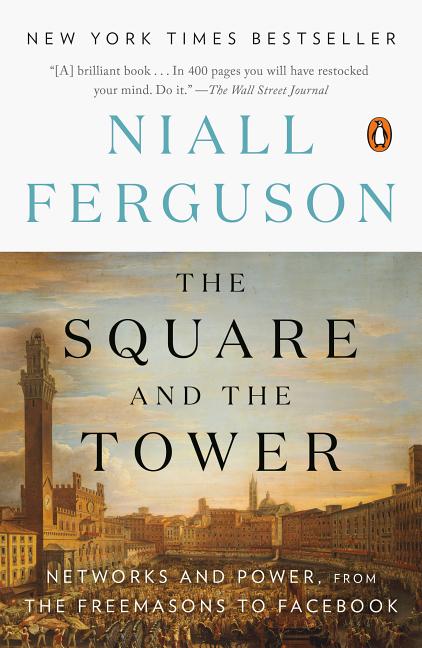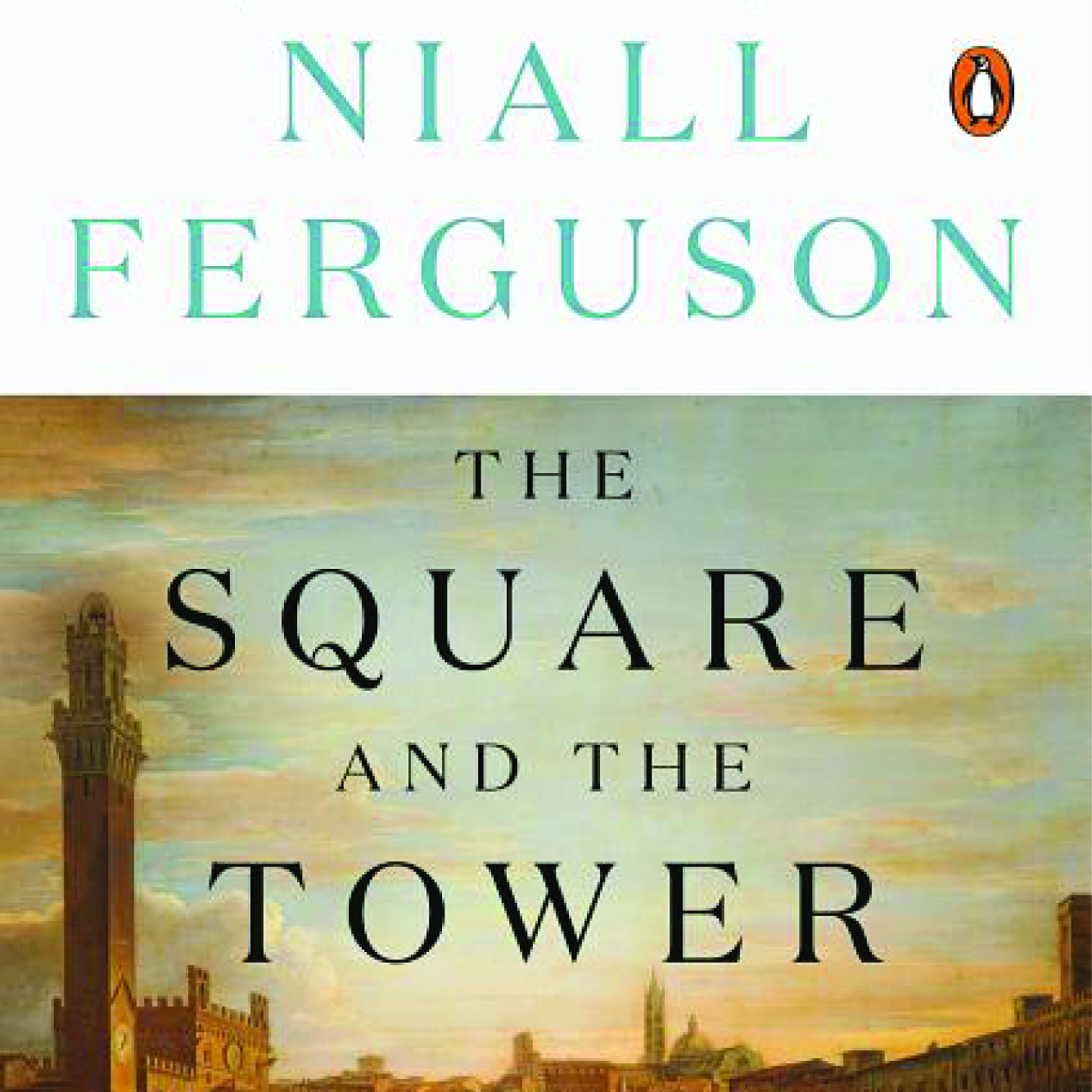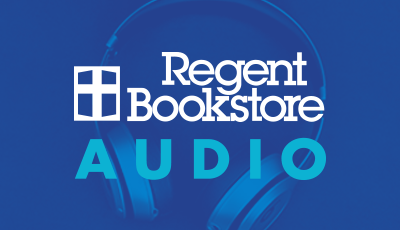On Books and their Networks
Check out the October installment of Bill's "Three Inch Reviews"

In this innovative book, the historian Ferguson situates individuals in both hierarchies and networks that are not simply one’s Facebook or LinkedIn “network”. Throughout time “hierarchies” based in “high towers” have claimed to rule. But “networks” are the more recent recognition; they have been the carriers of innovative and revolutionary ideas within the town square throughout history. at best they are social circles. In a fascinating chapter entitled “When Gutenberg Met Luther”, Ferguson highlights the overwhelming importance of Protestant networks in the 16th century that were made possible by the printing revolution. According to Ferguson, the diffusion of printing accounted for much of the urban growth between 1500 and 1600. The “welfare impact” of the book was significantly higher than the impact of the personal computer in our time (p. 94). Prior to 1500 Europe’s cultural life was centred in Rome and after the Reformation it was decentralized.
The growth of networks in our time has been exponential. Today the most of the population in the developed world use their smartphones constantly. Critical to the Brexit outcome was social media. Similarly, in the 2016 US presidential campaign, Trump dominated social media by a large margin even though the Clinton campaign spent far more advertising dollars. However, Ferguson argues that both in Brexit and with Trump, victory was delivered by older voters who were less electronically connected than younger voters. The explanation given is that the electronic “memes” had “resonated” most in face-to-face only fashioned networks. The world remains a world of squares and towers but networks matter. This has implications for bookstores and for the Church. Change is happening much faster today than even in the world of the Reformation.
Available for in-store purchase only.
.gif)
In a similar vein, I recently finished William Tyndale: A Biography, by the late David Daniell (Yale, 1994). I had longed stocked the book but never had read it. Tyndale was a remarkable person but in this biography I was particularly interested in the networks of scholars, printers, booksellers, book burners, and book buyers. Cambridge, Oxford and London were all centres of Reformation books. Already in 1521 there were enough contraband books seized to have a “grand burning” at St. Paul’s Cross in London. In the 20s and 30s most of the English Protestant texts were printed in the Low Countries, often in Antwerp, and then smuggled to England. The consumption of books accelerated. By the time of Tyndale’s 1526 New Testament, large quantities of printed sheets were being smuggled into the country in bales of cloth with binding being completed by printers. Barrels, flour sacks, and chests with secret compartments also packed contraband books. Once again, we have the story of the development of vast networks in the early modern world. All this of course is contained within the story of Tyndale himself, a towering person regardless of what side of the Reformation divide the reader is situated on.
It was as a university student in the early 1970s that I discovered the world of thoughtful Christian books. In an Ontario industrial town, such books were not easy to find and so “discovered” is not a throw-away word! Books by C.S. Lewis, F.F. Bruce, Pascal, and more, were not generally found in church libraries or Christian book nooks. But over a period of years I was able to discover certain networks of books and Christian thinkers. They were a treasure and God used them in my life and set me on a direction that ended in my becoming a bookseller!
Available for in-store purchase only.
.gif)
As a university student, struggling to intellectually cling to the Christian faith of my upbringing, I stumbled onto that little book that has been so helpful to so many, by F.F. Bruce: The New Testament Documents: Are They Reliable? Now this little book by Williams in turn serves a new generation that is curious or even inwardly desperate to know in what way the New Testament is “historical”. Williams, Principal of Tyndale House, Cambridge, places emphasis on the rapid spread of Christianity, as seen in both the Roman literature and in the relatively early dates of the Gospels. Key historic Christian beliefs were in place at an early date and hence could not have developed in the early Church over time. The four Gospels (and the possible sources behind them) themselves overlap in multiple ways that point at minimum, to their being “not all made up.”
Geographical details are also intriguing: an even distribution of place names in the four gospels, the mentioning of bodies of water, the direction of travel on roads, and an acquaintance with small towns like Chorazin such that even the best of literary sources could not have been “plundered” by the gospel writers in order to provide this level of detail. Personal names are specific to a region. Williams then moves on to “undersigned coincidences” in the gospels, the question of whether we have the actual words of Jesus, and textual questions. All of this does not “prove” the message of these documents, only that in certain respects their authors “knew their stuff.” The book ends with the spotlight on the historical Jesus and the accounts of his resurrection. This is a helpful little book that could prove to be part of a step towards faith for a “seeker.” The big change occurs when we become aware of God’s loving, personal summons to faith and we respond.
Available for in-store purchase only.



